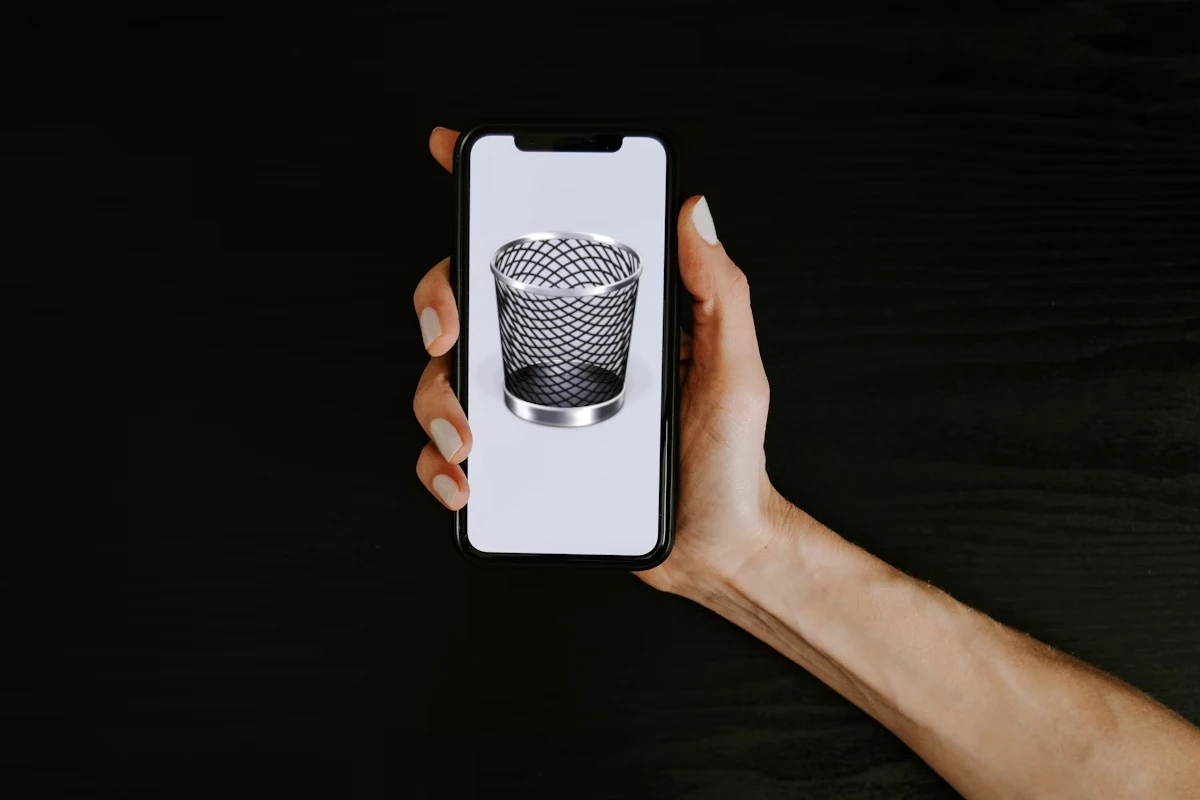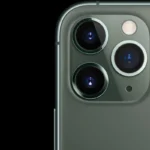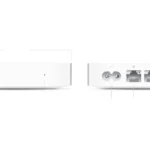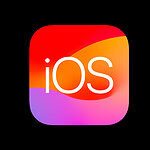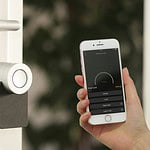Managing the trash on an iPhone is simple, but many users don’t know how to do it effectively. This article aims to explain how to delete and recover files, helping users optimize their device’s storage. Managing storage is important because iPhones have limited space. This guide will walk through the steps to locate and empty the trash or recently deleted files in various iPhone apps such as Photos, Mail, and Voice Memos, as well as how to recover items if they were deleted by mistake.
Managing Deleted Items on your iPhone
Accidentally deleted a photo or an important email on your iPhone? Don’t panic! These items may not be gone permanently. Your iPhone stores them in a temporary “trash” folder before deletion. Here’s how to locate and manage them:
🗑️ Finding Deleted Files on Your iPhone
Files remain in specific trash folders within their corresponding apps. Here’s where to look for the most common types of deleted data:
- Photos:
- Open the Photos app.
- Tap “Albums” at the bottom.
- Scroll down and find the “Recently Deleted” album.
- Mail:
- Open the Mail app.
- Tap on “Mailboxes.”
- Locate the “Trash” folder.
- Notes:
- Open the Notes app.
- Look for the “Recently Deleted” folder.
- Files:
- Open the Files app.
- Tap “Browse” at the bottom.
- Under “Locations,” select “Recently Deleted.”
🔧 Managing Your Trash
Depending on the app, you can either recover or permanently delete items from the trash folder:
- Recover Items:
- Open the relevant trash folder.
- Select the item you wish to recover.
- Tap on the “Recover” option.
- Permanently Delete Items:
- Open the relevant trash folder.
- Select the item you want to remove permanently.
- Tap on the “Delete” option.
⏰ Automatic Trash Deletion
Files generally stay in the trash folders for 30 days. After that period, they are automatically deleted forever.
⚠️ Note on iCloud Syncing
If you have iCloud enabled, deleting files from your iPhone’s trash will also delete them across all your iCloud-connected devices.
⚙️ Changing the Automatic Trash Deletion Setting
If you wish to change the automatic deletion setting, follow these steps:
- Go to your iPhone’s “Settings.”
- Find and tap on the specific app (Mail, Photos, etc.).
- Look for settings related to “trash” or “recently deleted” and adjust the time frame.
For assistance, you can always check out Apple’s support resources: https://support.apple.com/
Key Takeaways
- Clearing out trash regularly helps maintain iPhone storage space.
- Users can manage trash in the Photos, Mail, and Voice Memos apps.
- Accidentally deleted files can often be recovered within a certain period.
Understanding iPhone Storage and Trash Management
Knowing how to organize and recover space on an iPhone is important. This section will guide through checking storage and managing trash, ensuring a smoother iOS experience.
Navigating iPhone Storage
To check storage on an iPhone, open Settings and tap General. Then select iPhone Storage. Here, you’ll see a bar chart displaying different types of content and how much space they take up. You can tap each category for more details.
Managing Trash in Different Apps
Each app handles deleted items in its own way. For instance, Photos moves deleted items to a Recently Deleted album, where they remain for 30 days unless removed sooner. Mail sends discarded emails to a Trash folder which can be emptied with just a few taps. In Notes, deleted notes go to the Recently Deleted folder, allowing for easy recovery if needed. The Files app also has a similar folder for recently deleted documents.
The Role of Recently Deleted
The Recently Deleted feature is a safety net. It holds onto items like photos, videos, emails, and notes for up to 30 days before they’re permanently removed. This gives users the option to recover items in case they were deleted by mistake. To empty this folder and clear space, you must select and then confirm deletion of the items.
Deleting and Recovering Files
Managing files on an iPhone involves understanding how to delete and recover items. Users can remove files to free up space or restore them from the backup if needed.
Permanently Deleting Files
To permanently delete files on an iPhone, users can open the Files app and select the files they wish to remove. A simple touch and hold on the file also presents the option to delete. For those wanting to remove all files, navigating to the trash folder and choosing ‘Delete All’ effectively empties the trash, making recovery not possible without prior backup.
Recovering Deleted Items
To recover deleted files, users should first check the Recently Deleted folder where items stay for up to 30 days. Files such as deleted photos and notes can be restored from this folder. If the items are not there, using an iCloud backup is the next step. One would go to Settings, tap General, and select ‘Recover Files’ under iCloud. This process will only work if the files were included in the backup before deletion.
Frequently Asked Questions
Managing the trash on your iPhone is straightforward once you know where to look and what steps to follow.
How do I access the trash folder on my iPhone for deleted files?
The iPhone does not have a universal trash folder. Instead, apps like Photos, Mail, and Voice Memos have their own recently deleted items sections. For example, in the Voice Memos app, tap the “Recently Deleted” folder to find your deleted recordings.
What is the process to manage the trash in an iPhone’s photo gallery?
In the Photos app, go to “Albums” and scroll to “Recently Deleted”. Here you can recover deleted photos or erase them sooner than the 30-day auto-delete period.
Can I recover items from the iPhone trash, and if so, how?
Yes. In apps like Photos or Mail, visit the “Recently Deleted” folder. Select the items you want back and tap “Recover”.
Where can I find the trash settings on an iPhone with iOS 15?
The iPhone with iOS 15 does not have specific trash settings. However, each app manages its own deleted content. Look for a “Recently Deleted” folder within apps to manage trash.
Is there a Recycle Bin feature available on the iPhone 12 Pro Max similar to a PC?
No, the iPhone does not have a Recycle Bin like a PC. Instead, apps provide a temporary location for deleted items that are eventually erased.
How can I view or empty the trash on my iPhone 13 or iPhone 14?
To empty trash, for example, in the Photos app, go to “Recently Deleted”, hit “Select”, and then “Delete All” to permanently remove items. Similar steps apply for other apps with a deletion feature.

